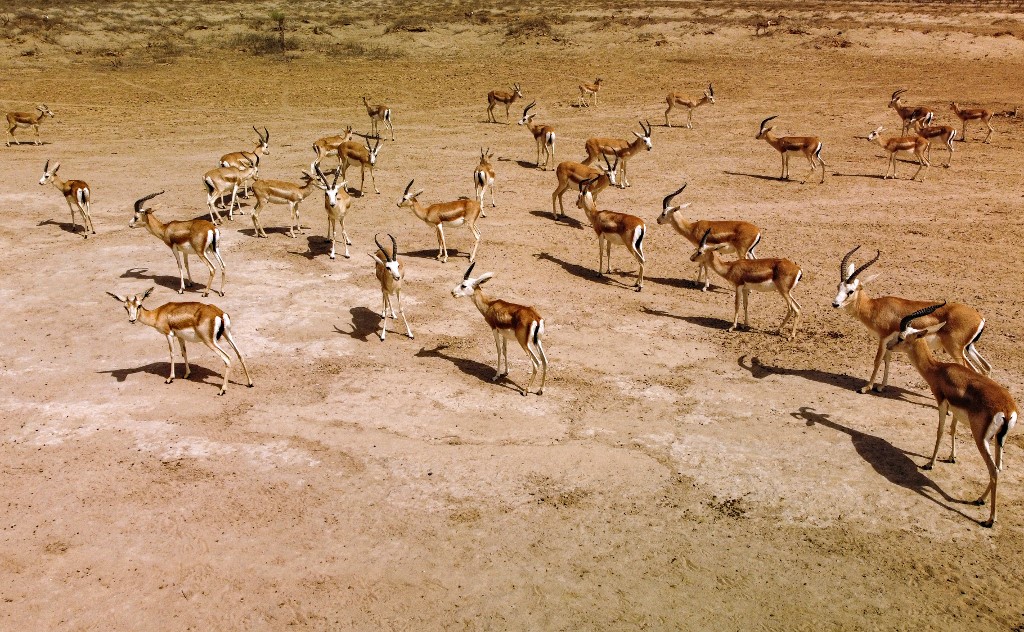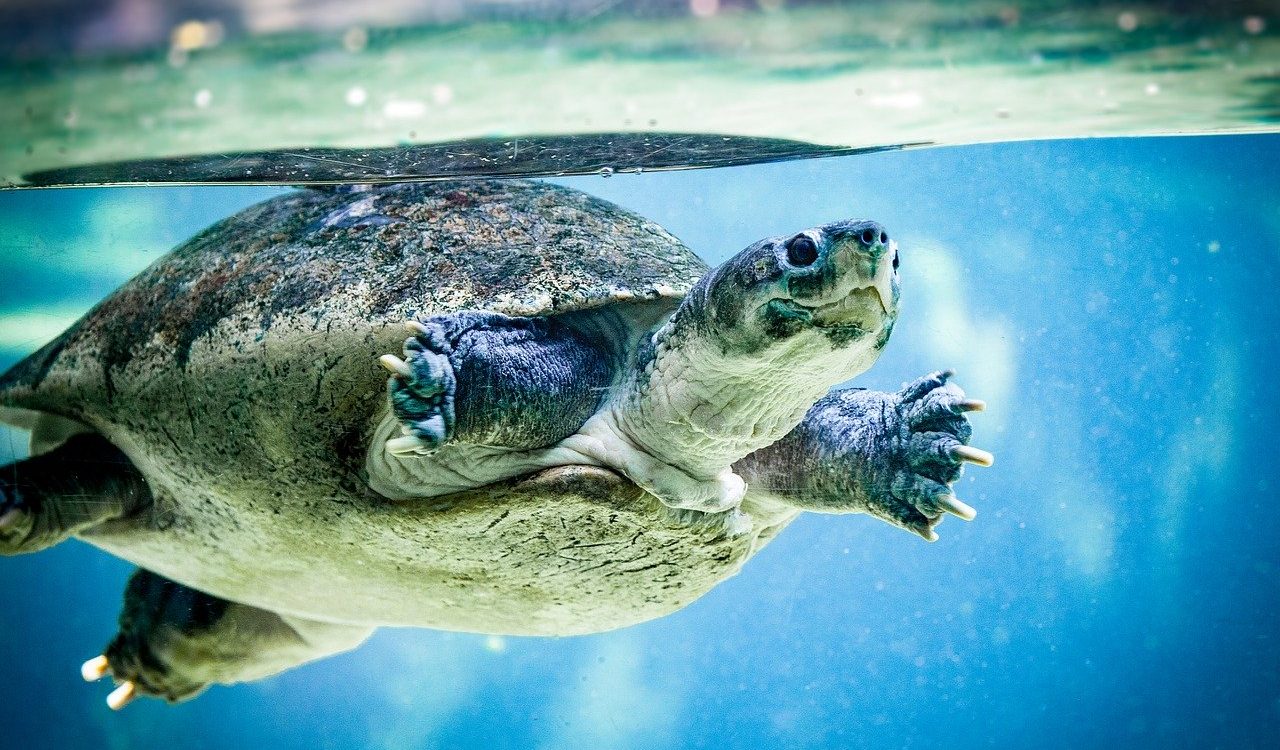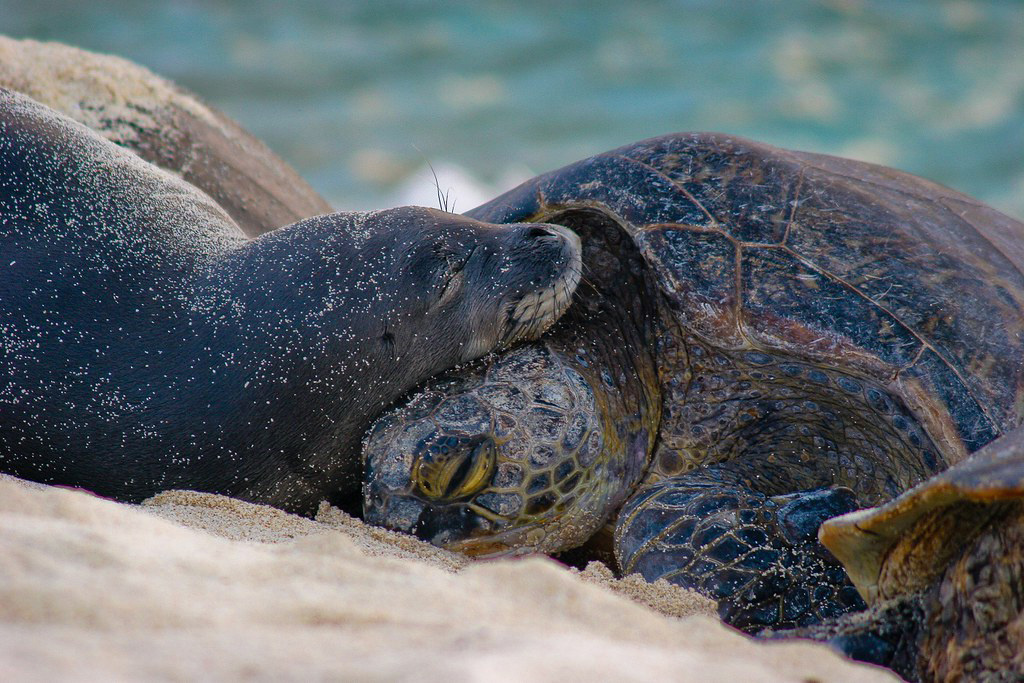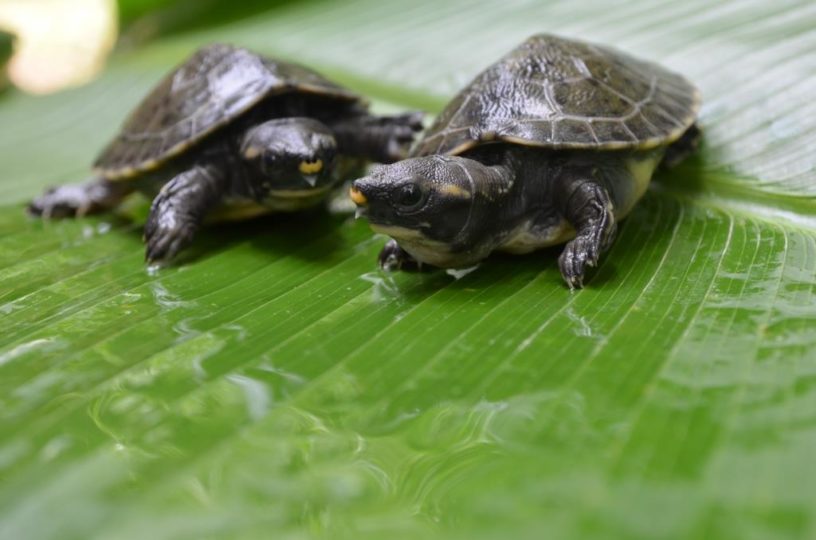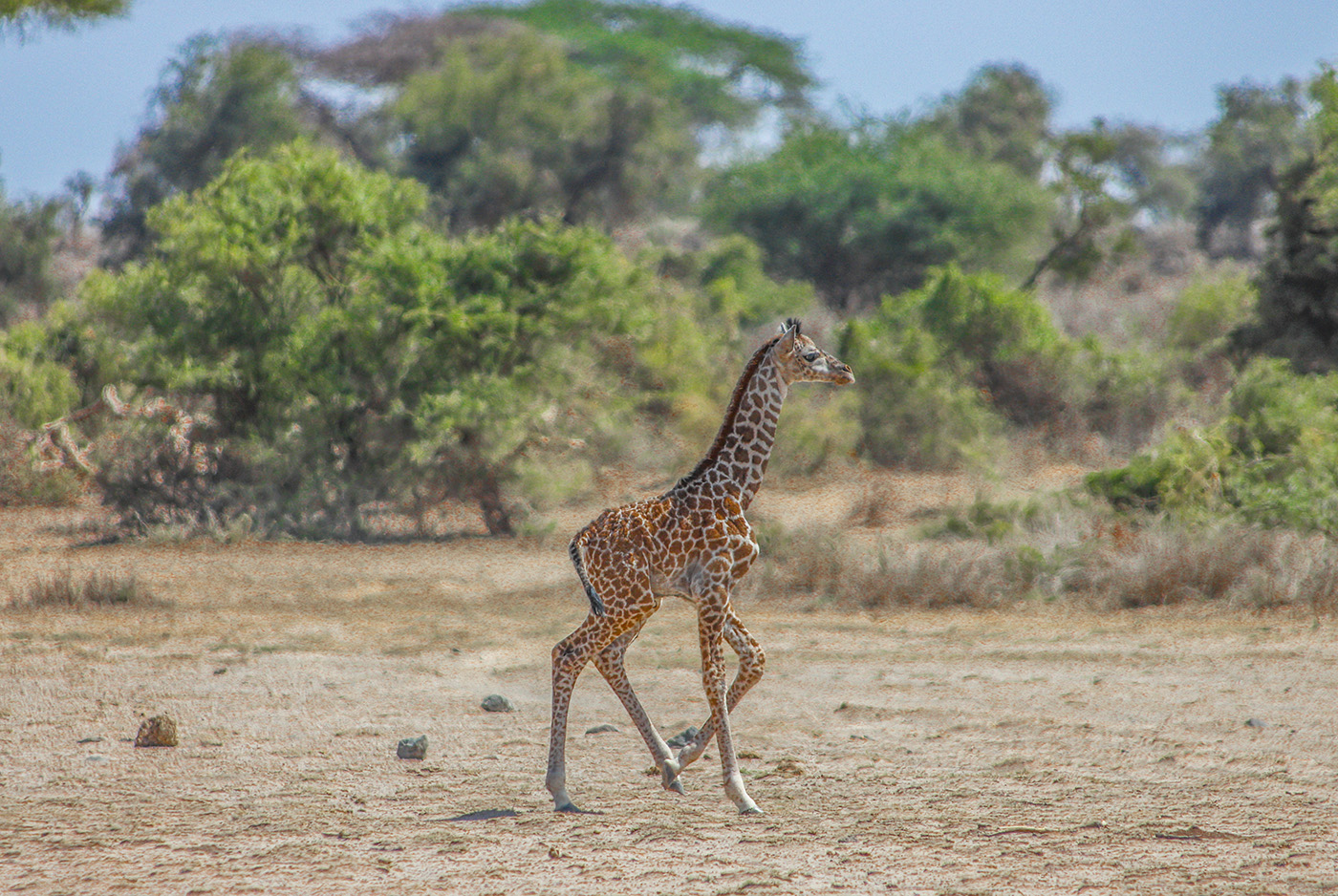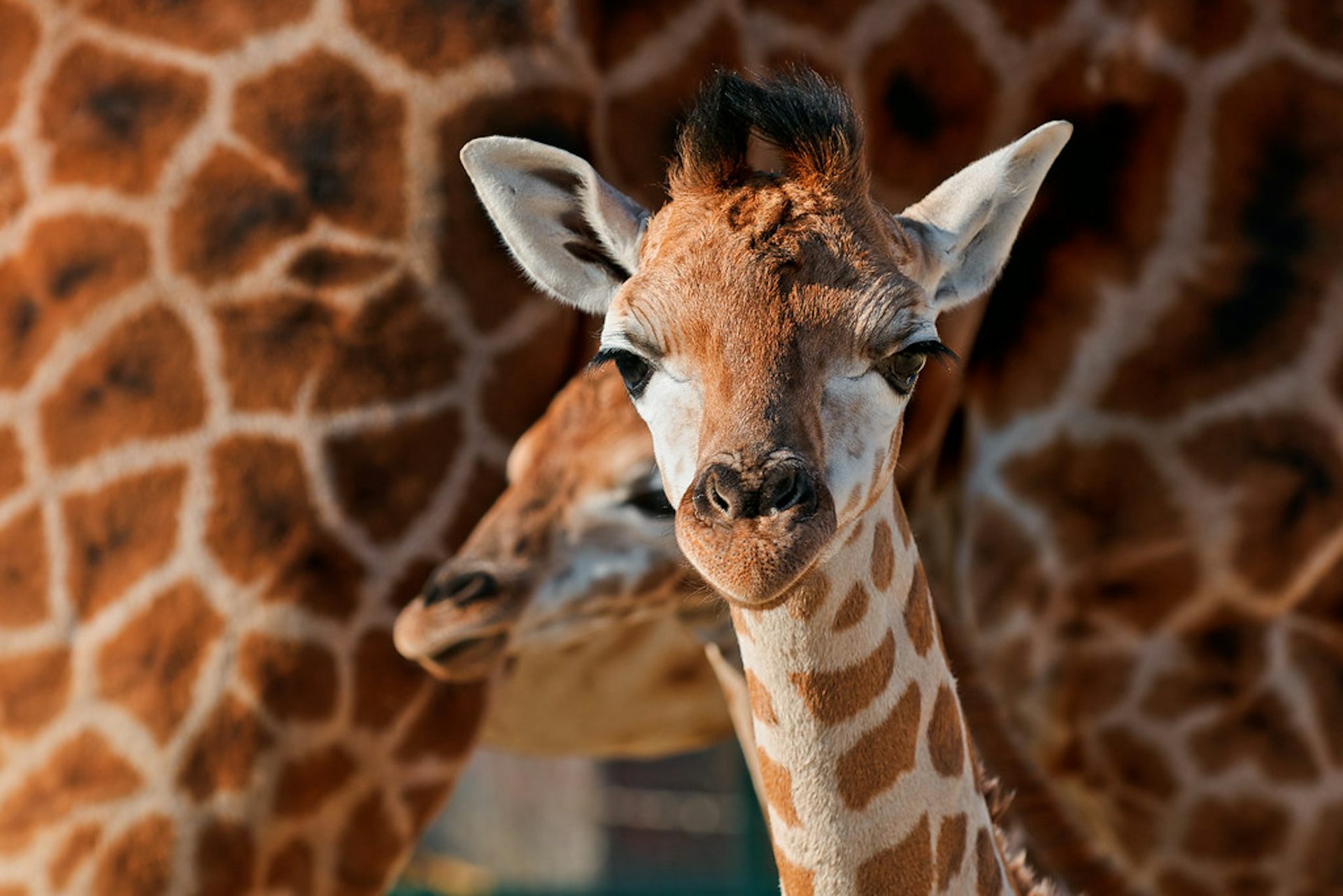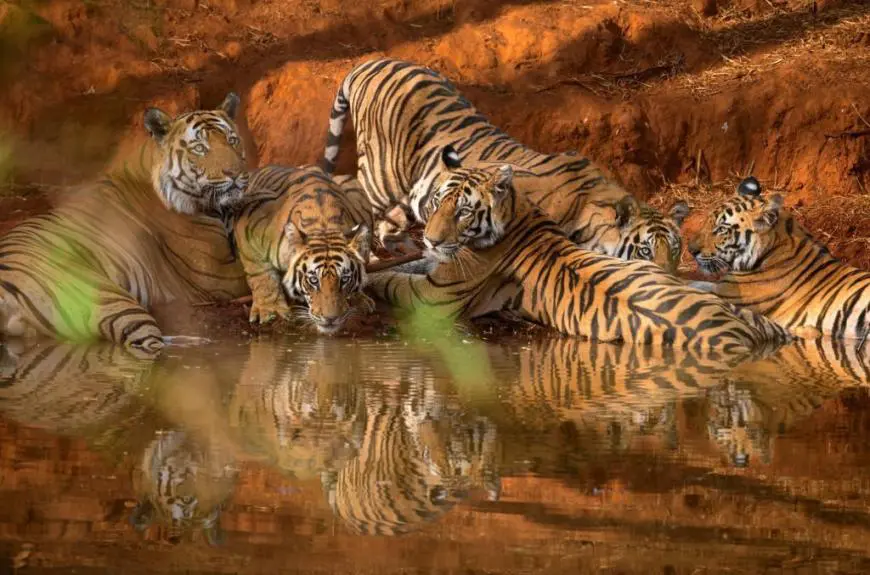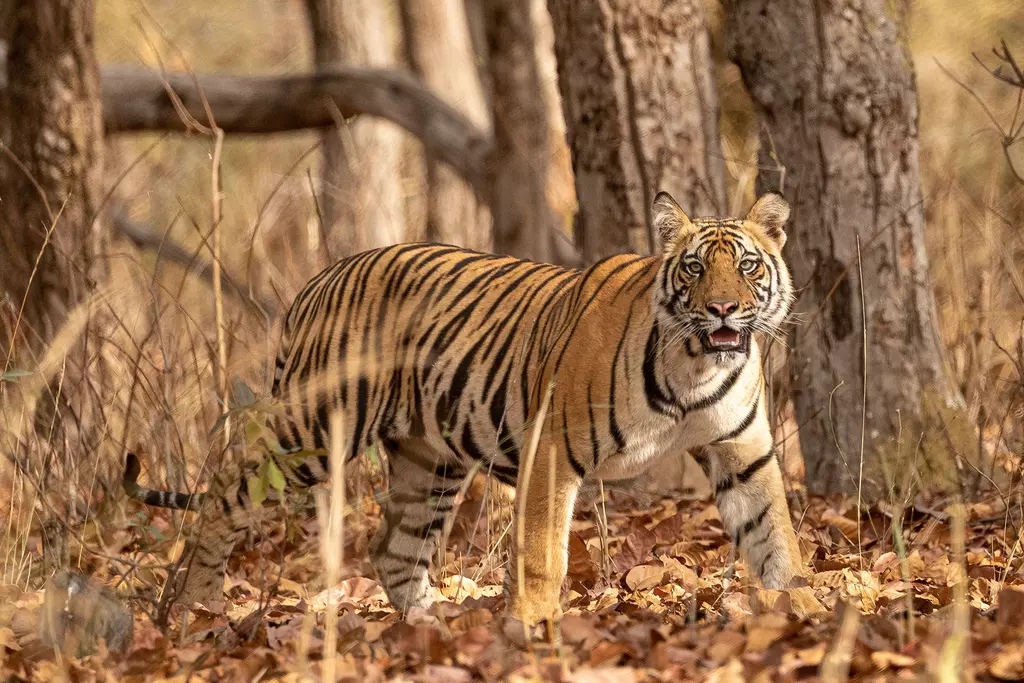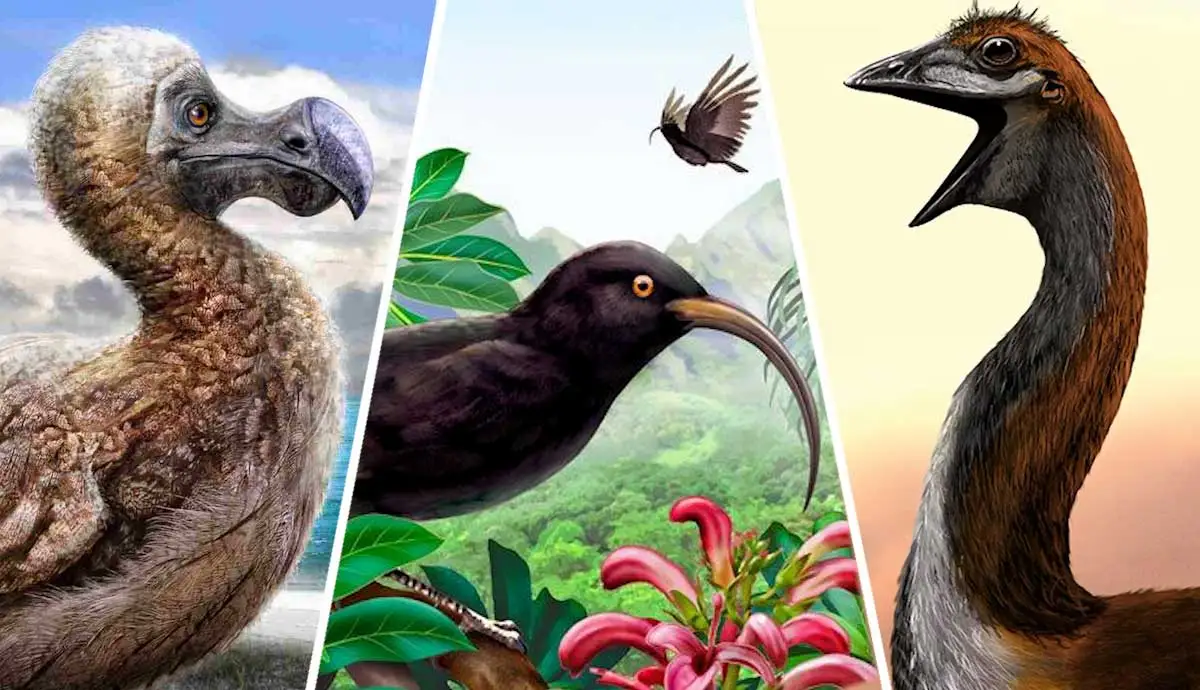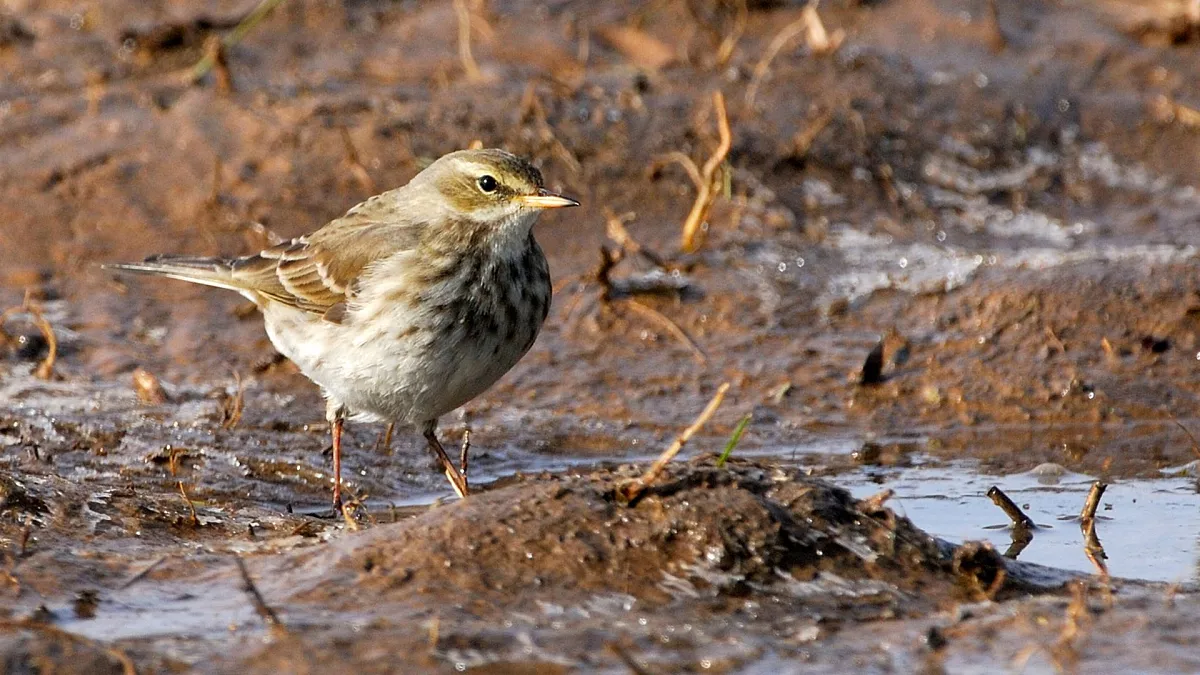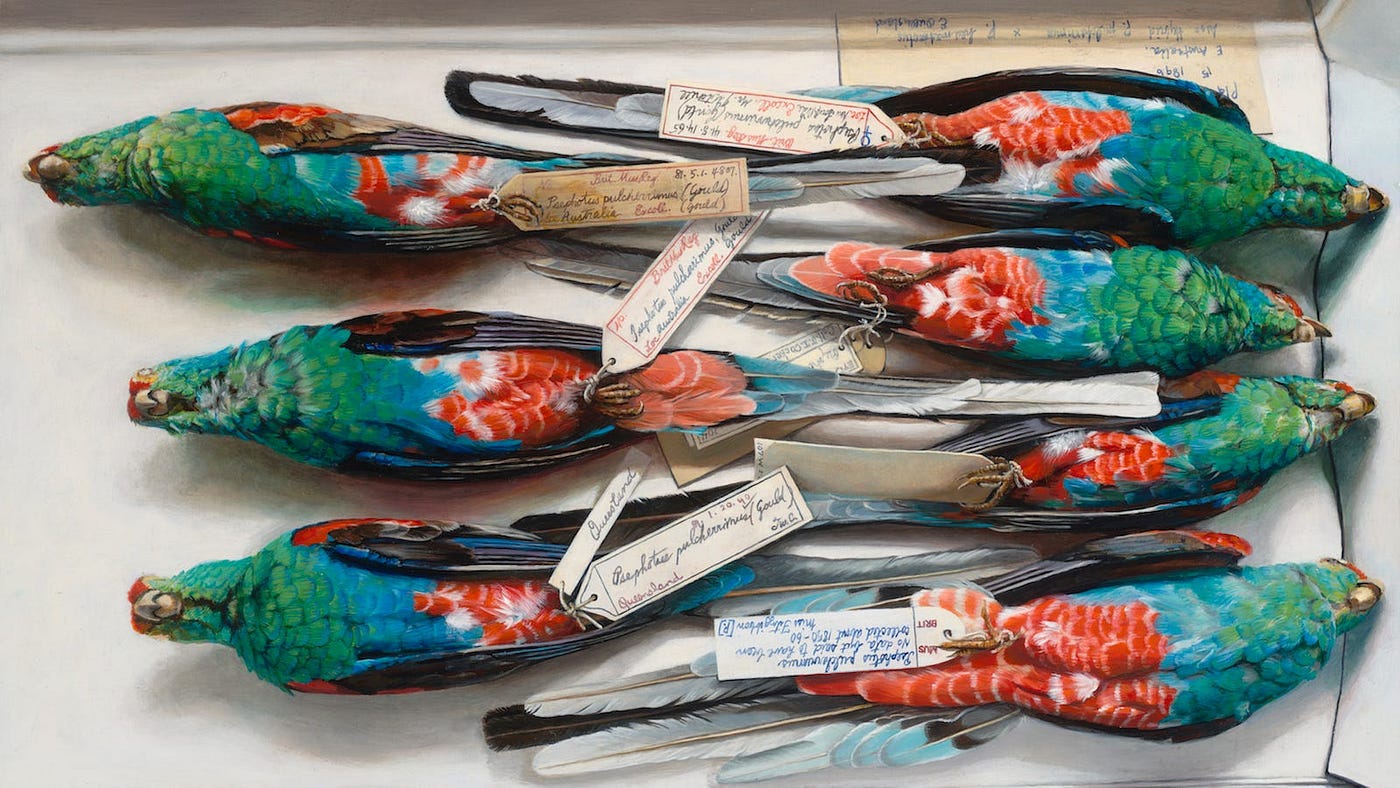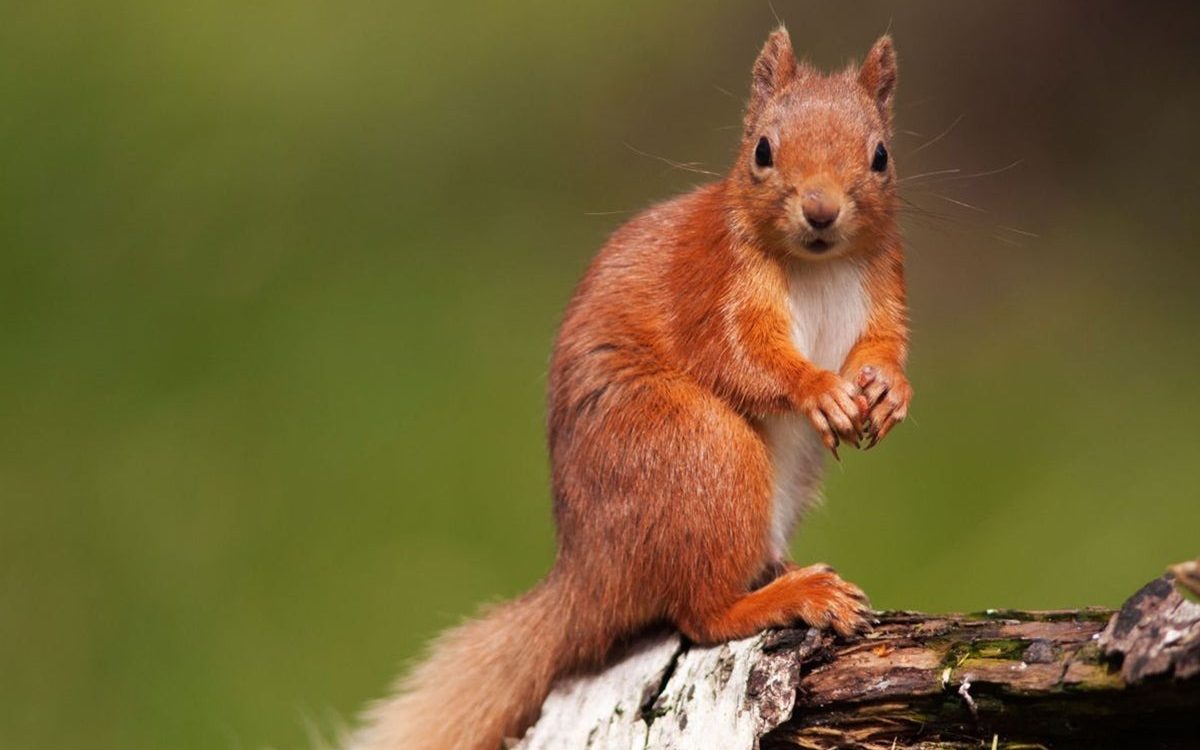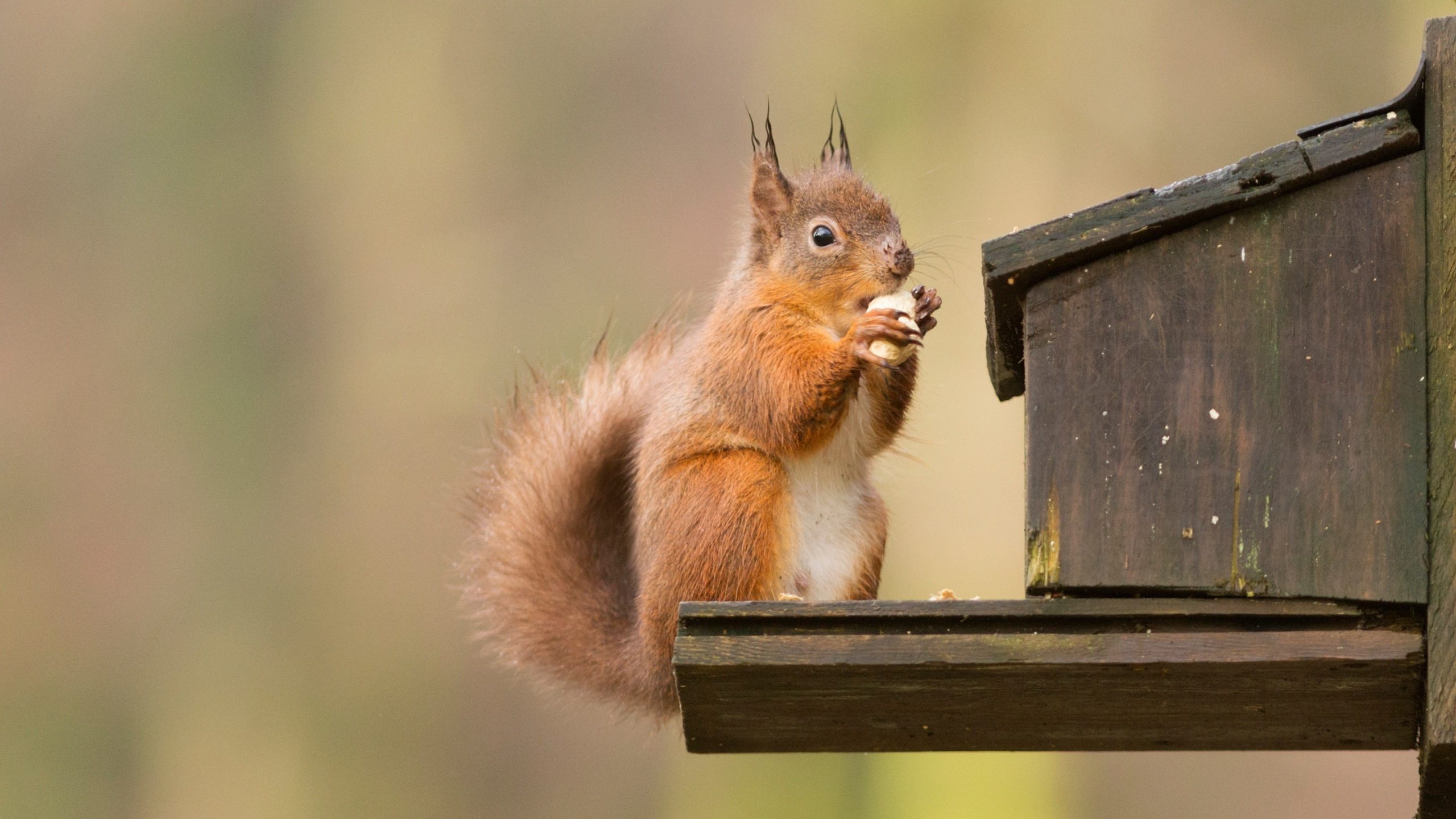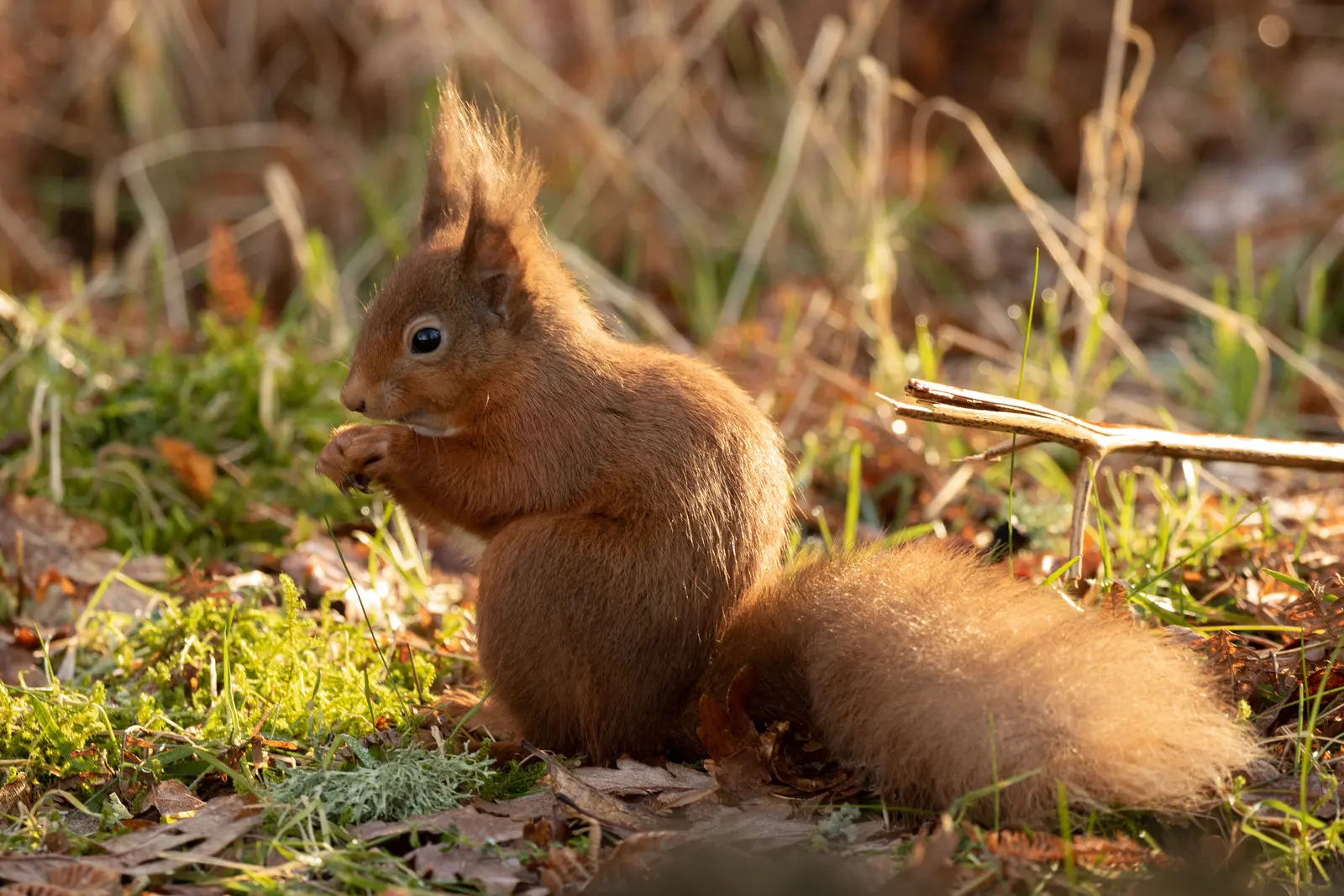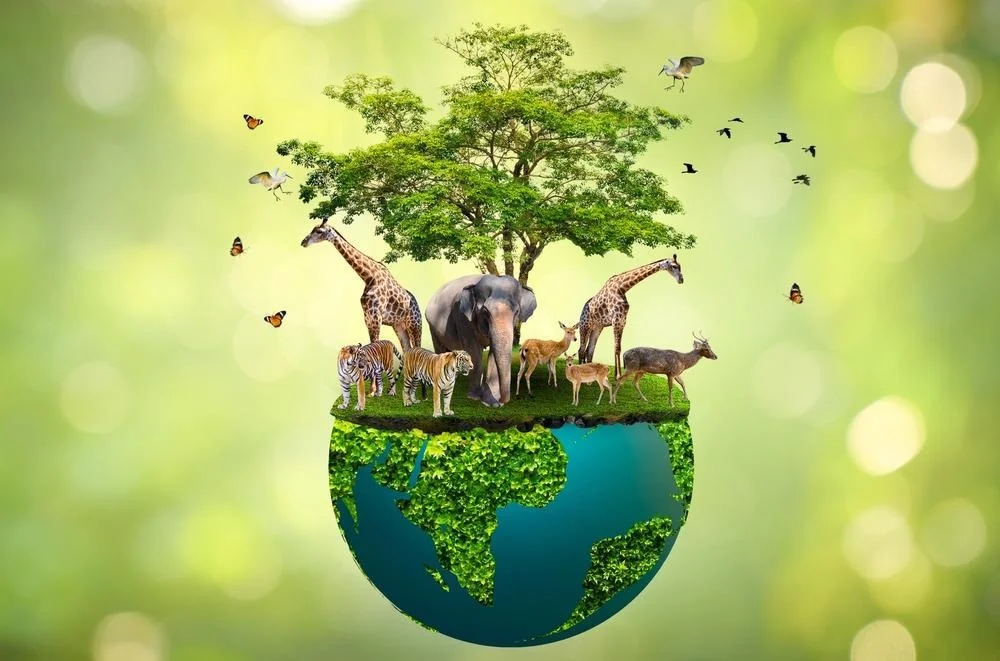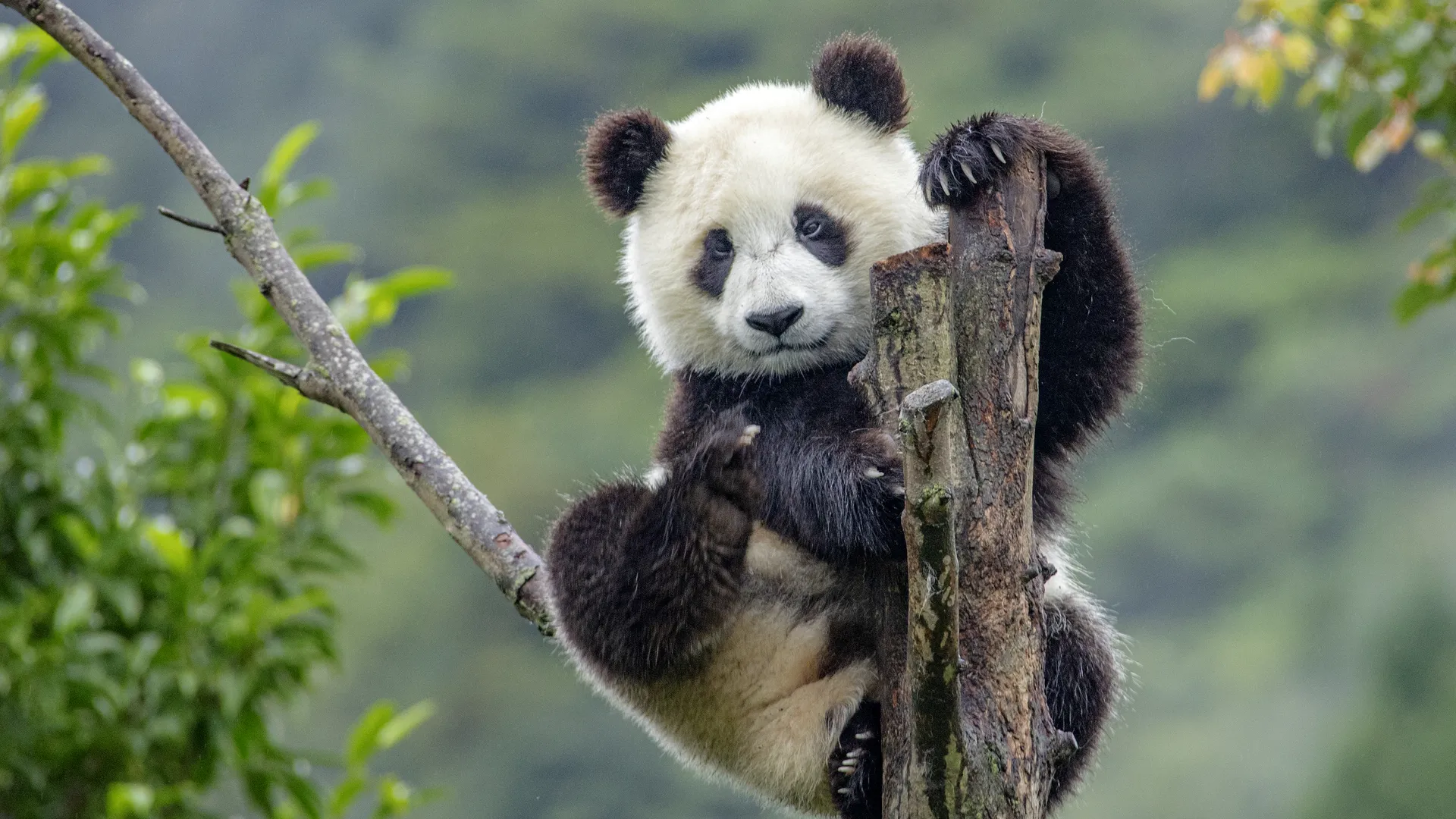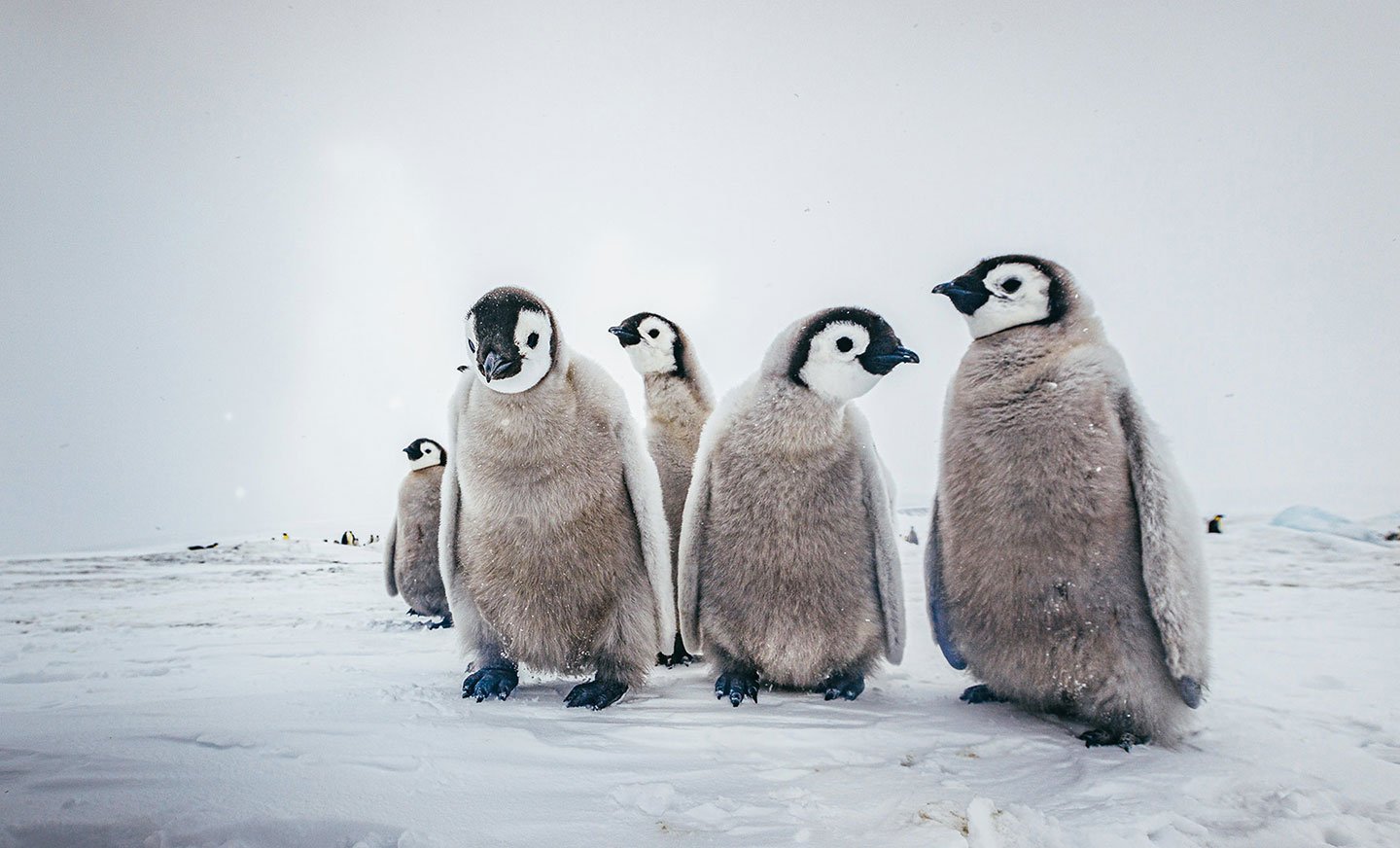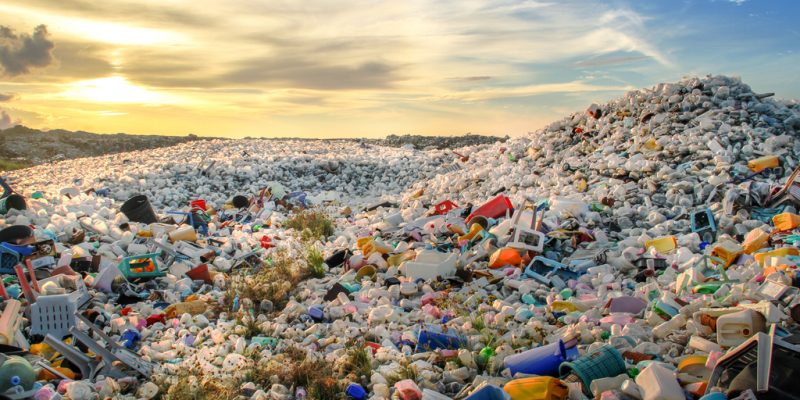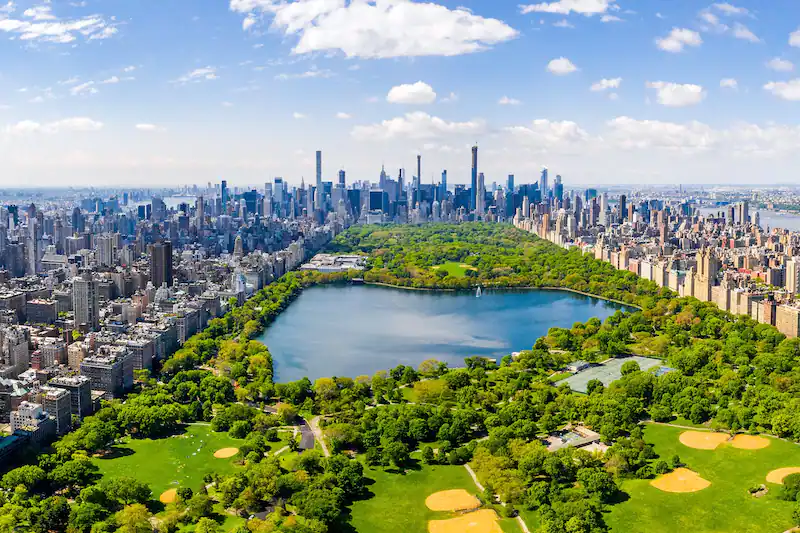The Gazelle Antelope is on the Brink of Extinction: Environmentalists Sound the Alarm
The Mongolian gazelle, a dzeren antelope native to Central Asia including Mongolia, China and Russia, is on the brink of extinction. This graceful species, known for its incredible endurance and ability to survive in the harsh conditions of the steppes and deserts, is threatened with extinction due to a number of factors. Environmentalists are sounding the alarm, realizing that without urgent measures, the population of dzerens may disappear forever.
Reasons for population decline
One of the main reasons for the sharp decline in the number of dzerens is the loss of their natural habitat. The gradual development of steppe areas for agricultural purposes and construction deprives dzerens of their usual pastures and places for migration. This is especially important, since dzerens annually make mass migrations in search of food and water, and any obstacle in their path can be fatal for them.
Climate change also plays a role in the decline of these animals. Harsh winters with deep snow that prevents access to grass, as well as dry summers, make survival extremely difficult for dzerens. In recent decades, these natural phenomena have become more frequent and intense, which further aggravates the situation.
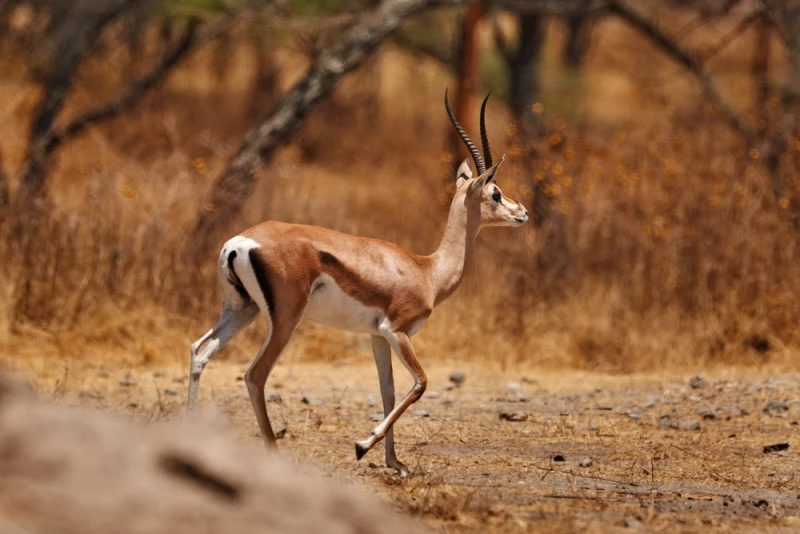
Poaching also affects the population of dzerens. Despite conservation measures, illegal hunting of these antelopes remains a widespread problem. Poachers hunt dzerens for meat and skins, which leads to a sharp reduction in their numbers in some regions.
Environmental measures and rescue programs
In response to the critical situation of the dzeren antelope, international and national conservation organizations are developing programs to protect it. One of the most important measures is the creation of protected natural zones where dzerens can freely migrate and find safe places to reproduce. Several reserves have already been created in Mongolia and China, but these measures are not enough to fully restore the population.
An important step is the fight against poaching. In a number of regions, tough measures have been introduced against illegal hunting, including increased patrolling of territories and tougher penalties. The introduction of modern technologies, such as drones and surveillance cameras, helps to monitor remote areas where poachers previously operated with impunity.

In addition, environmentalists are actively engaged in educating the local population, explaining the importance of preserving dzerens for the ecosystem. Dzerens are an important link in the food chain, and their disappearance can affect other species of animals, including predators.
The situation with the dzeren antelope is extremely alarming, and only coordinated actions by environmentalists, governments and local populations can save this unique species from extinction. Protection of natural areas, the fight against poaching and climate measures can be the steps that will give the dzeren a chance to survive and preserve their place in the ecosystems of Central Asia.


